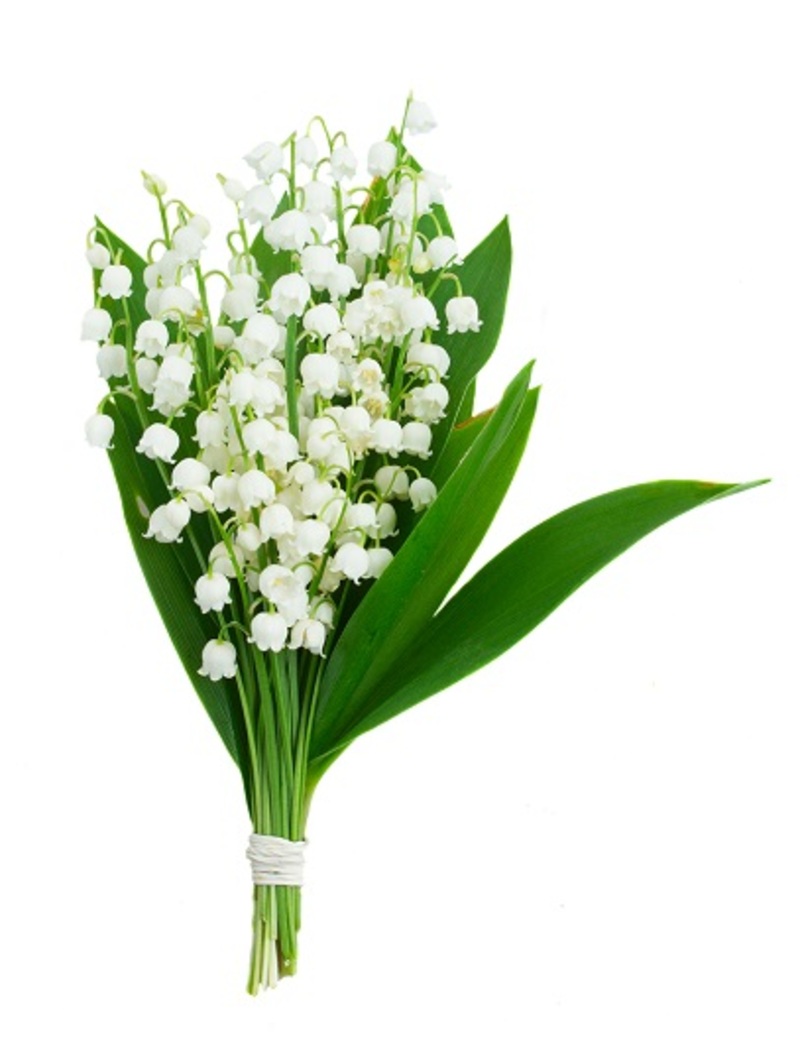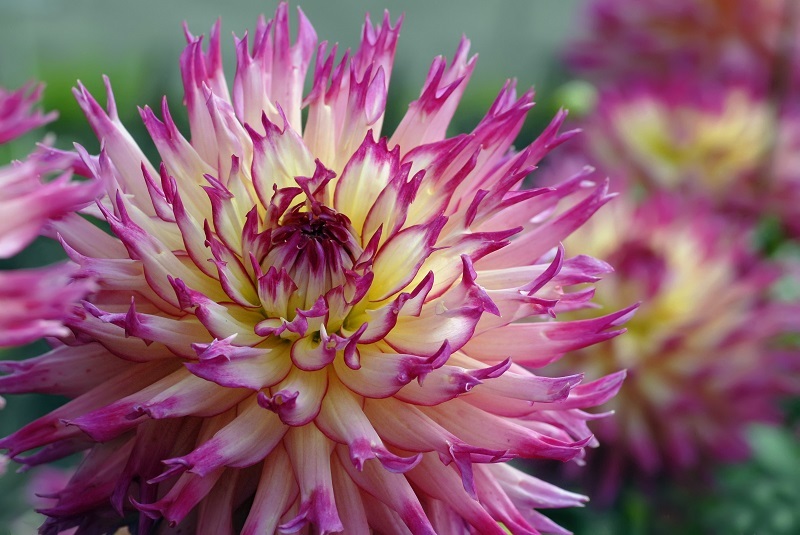Hydrangea Care Techniques for Every Gardener
Posted on 13/08/2025
Hydrangea Care Techniques for Every Gardener
Hydrangeas are cherished by both professional horticulturists and amateur gardeners alike. Their lush blooms and vibrant colors enliven landscapes and gardens across the globe. Despite their popularity, achieving healthy growth and stunning blooms requires a nuanced understanding of hydrangea care techniques. This comprehensive guide will equip both beginners and seasoned gardeners with all the essential knowledge needed for successful hydrangea care.

Understanding Hydrangeas: A Brief Overview
Before diving into detailed hydrangea maintenance, it helps to know a bit about this versatile shrub. Hydrangeas belong to the family Hydrangeaceae, containing over 70 known species. Native to Asia and the Americas, their beauty predominantly comes from showy clusters of flowers that can be blue, pink, purple, or white, depending on the variety.
Popular Types of Hydrangeas
- Hydrangea macrophylla (Bigleaf Hydrangea) - Known for color-changing blooms.
- Hydrangea paniculata (Panicle Hydrangea) - Noted for conical clusters and hardiness.
- Hydrangea arborescens (Smooth Hydrangea) - Features large, round white flowers.
- Hydrangea quercifolia (Oakleaf Hydrangea) - Recognizable by its distinct foliage.
- Hydrangea petiolaris (Climbing Hydrangea) - A vigorous vine with lacecap blooms.
Each species has unique needs, but common hydrangea care practices can boost healthy growth across all varieties.
Site Selection: Where to Plant Hydrangeas
Location plays a critical role in hydrangea success. Hydrangeas thrive in well-drained soil and prefer spots where they receive morning sun and afternoon shade. Planting them on the east or north side of your home allows them to bask in gentle morning light while protecting them from harsh afternoon rays.
- Shade needs: Most hydrangeas, especially Bigleaf varieties, benefit from filtered light or part-shade.
- Wind protection: Choose a spot sheltered from strong winds, which can damage delicate blooms and leaves.
- Spacing: Hydrangeas need room to grow. Space plants 3 to 10 feet apart, depending on the variety.
Soil Preparation: Building the Foundation
Hydrangeas flourish in moist, humus-rich, well-drained soil. Before planting, amend heavy clay or sandy soils with organic material such as compost or aged manure. This step improves drainage and nutrient content.
*Tip: Check your soil's pH before planting.* The color of some hydrangea blooms, such as Hydrangea macrophylla, is directly affected by pH:
- Acidic soils (pH below 6): Blue flowers
- Alkaline soils (pH above 7): Pink or red flowers
- Neutral soils: Often result in purple or mixed-toned blooms
To acidify your soil, use sulfur or peat moss. To increase alkalinity, add garden lime. Regular testing and small seasonal adjustments help you maintain optimal conditions for vibrant hydrangea blooms.
Proper Planting Techniques
- Timing: Plant hydrangeas in late spring or early fall to allow roots to establish before temperature extremes.
- Planting hole: Dig a hole two to three times wider than the root ball but just as deep.
- Backfilling: Refill with enriched soil. Gently firm the ground to remove air pockets but avoid compacting soil tightly around roots.
- Watering: Water thoroughly after planting to settle the soil around roots.
Newly planted hydrangeas need consistent moisture for the first few weeks.
Watering Strategies for Lush Growth
Watering is a fundamental hydrangea care practice. These shrubs love moisture, but their roots dislike waterlogging, which can cause rot or disease.
Best Practices for Watering Hydrangeas
- Frequency: Hydrangeas generally require about 1 inch of water per week, either from rainfall or manual watering.
- Timing: Water early in the day to minimize evaporation and help prevent fungal diseases.
- Method: Soaker hoses or drip irrigation delivers water directly to the roots, reducing foliar wetness and disease risks.
- Mulch: Apply a 2-3 inch layer of organic mulch around the base of the plant to retain soil moisture and moderate soil temperature.
*Pro Tip: Hydrangeas growing in containers dry out faster and often require daily watering during summer heat.*
Fertilizing for Optimal Health
To keep your hydrangeas healthy and blooming, fertilize them thoughtfully. Over-fertilizing can burn roots and reduce flower production, while underfeeding leads to weak growth.
Hydrangea Fertilizing Techniques
- Timing: Apply a balanced, slow-release fertilizer (such as 10-10-10) in the early spring when new growth emerges.
- Frequency: Most hydrangeas only need one feeding at the start of the season; reapply mid-season if growth appears stunted.
- Organic options: Compost and well-rotted manure provide gentle, continual nourishment.
- Specialty fertilizers: For blue or pink flower color, use products labeled for acid-loving plants or add amendments as discussed above.
Always water well after fertilizing to help nutrients reach the roots and to prevent fertilizer burn.
Pruning and Deadheading: Keeping Hydrangeas Beautiful
Why Prune Hydrangeas?
Pruning helps control size, remove deadwood, and encourage more vigorous blooms. However, improper pruning is a common mistake and can negatively impact flowering.
When and How to Prune Different Hydrangea Varieties
-
Bigleaf and Oakleaf Hydrangeas:
- These bloom on "old wood" (last year's growth). Prune immediately after spring flowering to avoid cutting off next year's buds.
-
Panicle and Smooth Hydrangeas:
- These produce flowers on "new wood" (current year's growth). Prune in late winter or early spring before new shoots emerge.
Deadheading spent blooms (removing faded flowers) throughout the growing season encourages repeat flowering and keeps shrubs tidy. Use sharp, sterilized pruners for all hydrangea pruning tasks to minimize disease risk.
Dealing with Common Pests and Diseases
Hydrangeas are generally robust but can fall victim to certain issues:
- Pests: Watch for aphids, spider mites, and scale insects. Use insecticidal soap or horticultural oil for control.
- Leaf spots and powdery mildew: Promote good air circulation and avoid overhead watering to limit fungal issues.
- Root rot: Ensure well-draining soil and do not overwater.
- Deer and rabbits: Protect young plants with fencing if animals are present in your area.
Early identification and prompt action are keys to managing hydrangea care problems efficiently.
Winter Protection Tips
Many hydrangeas need extra care during winter, especially in colder climates. Winter damage can kill buds, resulting in fewer blooms the following year.
- Mulch the base of plants with several inches of leaves, straw, or pine needles for insulation.
- Cover plants with burlap or frost cloth where late frosts or freezing winds are likely.
- For container hydrangeas, move pots to a sheltered, frost-free location.
Bigleaf varieties are especially sensitive to cold, so providing robust winter protection is essential for reliable future blooms.
Hydrangea Care Techniques for Container Gardeners
Growing hydrangeas in pots or containers is a fantastic option for those with limited space or challenging soil conditions. Here's how to achieve success:
- Choose large containers: Hydrangea roots need space to spread--opt for at least 18-24 inch diameter pots with good drainage holes.
- Use high-quality potting mix: Ensure excellent drainage and fertility.
- Water frequently: Container-grown hydrangeas dry out rapidly--check soil moisture daily in warm weather.
- Feed regularly: Use diluted liquid fertilizer every 4-6 weeks during the growing season.
- Winter tips: Move pots to sheltered spots, or insulate with bubble wrap and mulch.
Advanced Hydrangea Care Techniques for Enthusiasts
Once you've mastered the basics, try these advanced hydrangea care strategies:
- Training as standards or trees: Some hydrangea species, like panicle hydrangeas, can be pruned and staked into tree forms for a striking visual effect.
- Propagation via cuttings: Take semi-hardwood cuttings in summer, dip in rooting hormone, and plant in moist potting mix to clone favorite varieties.
- Experiment with flower color: Adjust soil pH gradually and observe bloom color changes over successive seasons.

Frequently Asked Questions (FAQ)
Why are my hydrangea leaves turning yellow?
Common causes include overwatering, poor drainage, or iron deficiency. Check soil moisture and adjust watering habits. Yellowing between leaf veins may indicate chlorosis, often improved by adding iron chelates.
How do I achieve blue hydrangea flowers?
To intensify hydrangea blue coloration, consistently keep soil pH below 6.0 and apply aluminum sulfate as directed. Conversely, add lime to turn flowers pink.
Can hydrangeas grow in full sun?
Some varieties, such as panicle hydrangeas, tolerate more sun as long as soils do not dry out. However, most species perform best with some shade, especially in warm climates.
When should I transplant hydrangeas?
Transplant in early spring or fall, when plants are dormant. Water deeply after replanting and monitor closely until new growth resumes.
Conclusion: Celebrate Hydrangea Success
Mastering hydrangea care techniques unlocks a world of vibrant beauty in your garden. From site selection and soil preparation to watering, pruning, and fertilizing, following these best practices ensures flourishing shrubs year after year. Don't hesitate to experiment with varieties, colors, and planting styles--hydrangeas reward careful attention with an endless display of breathtaking blossoms.
With the right care and a dash of patience, every gardener can experience the joy of stunning, healthy hydrangea blooms.
Latest Posts
Keep Your Poinsettias Flourishing Longer
Explore 8 Hidden Treasures in Sunflower Lore
Extend the vibrancy of your flowers effortlessly with these methods







